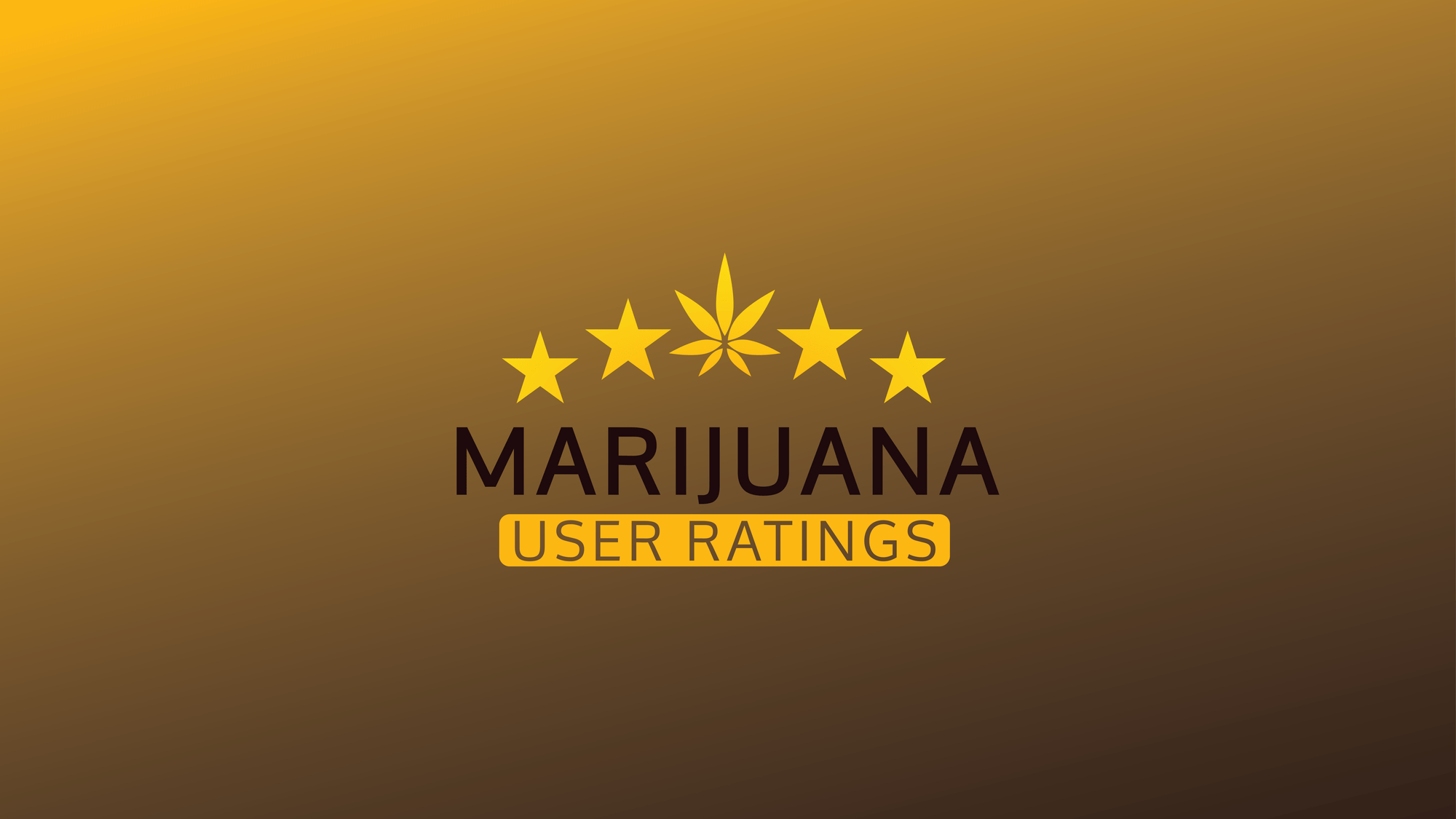In the ever-expanding cannabis marketplace, user ratings have become a critical compass guiding consumer decisions. From online dispensary menus to cannabis review platforms, shoppers rely on ratings to help navigate an industry full of strain options, product formats, and price points. Yet, the influence of these ratings is far from one-sided—they can both positively and negatively impact a consumer’s choices, sometimes in surprising ways.
The Power of Positive Ratings
Positive reviews often act as social proof, signaling quality and trustworthiness. Research in consumer behavior consistently shows that products with higher ratings are more likely to be purchased across retail sectors, cannabis included. According to BrightLocal’s annual consumer review survey, 98% of people read online reviews before making purchases, with nearly half trusting them as much as personal recommendations. For cannabis shoppers, this can mean choosing one gummy brand over another simply because it has a higher average star rating.
High ratings also help legitimize newer or lesser-known cannabis brands. For example, a dispensary customer browsing for pre-rolls may take a chance on an unfamiliar brand if reviews highlight smooth smoke, consistent potency, and good value. In such cases, user ratings don’t just influence purchase decisions—they directly shape market opportunities for emerging companies.
The Negative Side of Ratings
While strong ratings can inspire confidence, low scores can quickly derail a shopper’s interest. In fact, a study from Spiegel Research Center found that nearly 95% of consumers avoid products with consistently poor reviews. In cannabis, where consumer trust is crucial due to varying effects and potency, a series of negative reviews can make even a discounted product unappealing.
There’s also the risk of bias. New strains and hyped products sometimes receive glowing reviews early on, driven more by excitement than by objective quality. Conversely, a single negative review—perhaps reflecting personal taste or a bad batch—can disproportionately influence buyers scanning a menu. This creates an uneven playing field where ratings might not always reflect the full picture of a product’s performance.
Influence on Shopping Behavior
The modern cannabis shopper is savvy, but ratings remain a shortcut in a crowded marketplace. For medical users seeking consistency, reviews about dosing reliability and symptom relief often outweigh marketing claims. Recreational shoppers, meanwhile, may focus on feedback about flavor, aroma, and experience, using ratings to align purchases with personal preferences.
However, user ratings also encourage comparison shopping. Customers frequently cross-reference dispensary websites, cannabis apps, and forums such as Reddit or Weedmaps. This interconnected feedback loop means that one strong rating can ripple across multiple platforms, amplifying its influence on shopping choices.
Striking a Balance
The impact of user ratings highlights both opportunity and challenge for cannabis retailers. On one hand, they create transparency and help consumers make informed decisions. On the other, they can distort perception if taken at face value without context. For shoppers, the most balanced approach is to read ratings critically—considering both the volume of reviews and the specifics of feedback—before making a purchase.
Ultimately, user ratings are shaping consumer behavior more than ever. They empower buyers, elevate brands, and keep the marketplace competitive. But as with any industry built on subjective experience, they are best used as a guide—not the final word.


